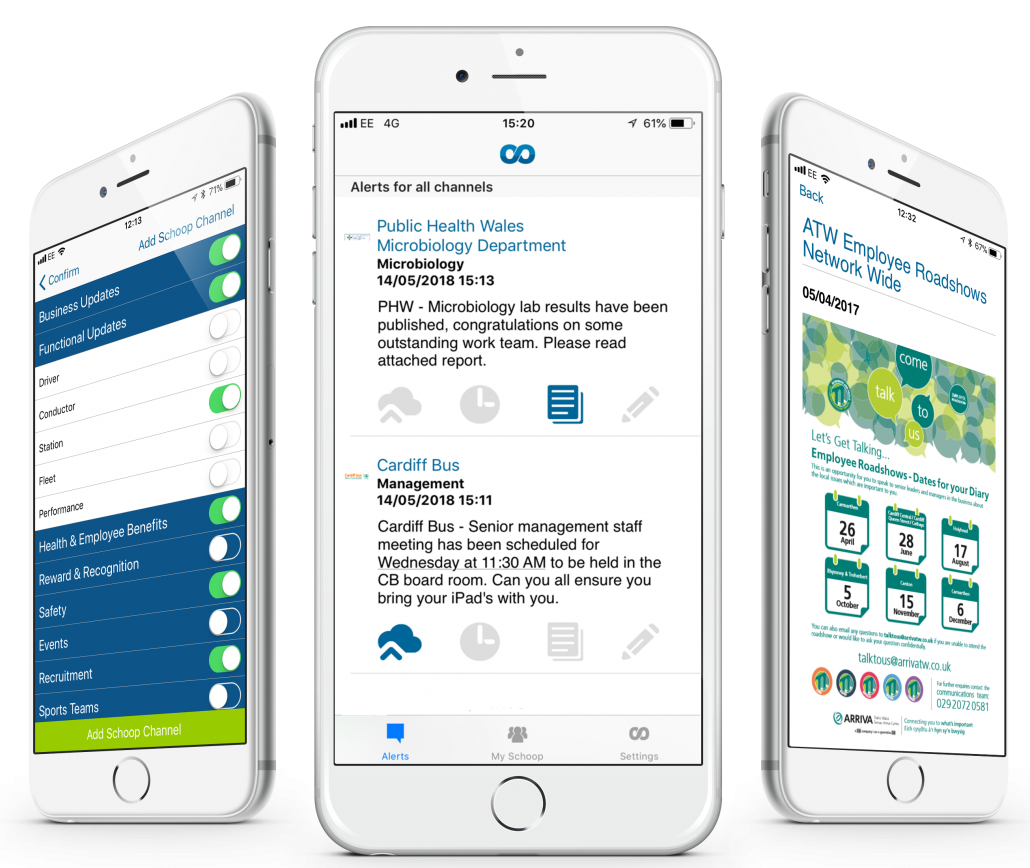Transforming the workplace – how to retain your employees in the post-pandemic world
As with everything in life, the workplace is subject to fluctuations in fashion. The post-war office where your parents or grandparents spent their working lives would be unrecognisable to the employees of today. Technology we all take for granted would be alien just a generation or so ago. Not only that, the nature of the office itself has taken on a totally different format and ambience, with more emphasis on individual employee engagement. Employers are giving greater importance to employee experience, ensuring staff members feel part of a team, that their voices are heard and valued and they can plot a future ahead within the organisation.
Workplaces have become more representative locations, made up of a greater percentage of women, and men who realise they have more to offer their families than the traditional ‘breadwinner’ role. Consequently, the rigid expectations of a 9-5 Mon – Fri have taken on a more and more outdated aspect.
Covid drives a workplace revolution
Inevitably, we can’t examine the workplace in 2021 without looking through the lens of the Corona pandemic. Changes that were already occurring due to extensive and reliable broadband coverage, the use of technology to bring the office home, and the growing recognition that work/life balance had become skewed, have been turbo-charged thanks to the Corona pandemic.
Not having a daily commute shone a spotlight for many on how much of their lives was wasted stuck in a car/ bus/tube instead of with their family, doing sport or enjoying personal time outside work. Indeed, contrary to expectations, we have found that people working from home are more productive – working, on average, around an hour more a day. It’s easier to concentrate on the work at hand without chatty colleagues around to interrupt workflow.
The great return unlikely to materialise
At the beginning of lockdown, it was assumed that, once restrictions were lifted, everyone would head back to the office. This now seems this is unlikely to materialise. Organisations have realised that employees are happier with at least a blended WFH/ office balance, with the generational shift having an important influence on this movement. The impact of the Millenial generation, which will make up the majority of the workforce by 2025, is having a big impact on workplace trends. A recent survey revealed that 75% of Millennials believed working remotely would have a positive impact on their organisation. As a cohort, this generation places a higher value on achieving a positive balance between their professional and personal lives than their predecessors. Modern technology has meant that it is no longer necessary to spend the working week commuting to offices, being beholden to renting or buying in expensive areas close to the office and, equally, for companies being only able to choose from a local talent pool.
FOMO WFH
This is also a not unimportant factor: Once sought-after companies begin offering a remote-working alternative to purely office-based conditions, it is inevitable that their competition will follow suit in order to compete in the employment stakes. It’s FOMO driving the recruitment process.
This also opens up the possibility of a much more inclusive employee body, as not just able-bodied employees without family ties become able to compete on a level playing ground.
What will it look like?
For those organisations embracing remote working, the new working week is likely to be a blended version of office and remote working. Not all employees want to work exclusively from home and there will always be benefits to spending some time in the office – if only on a social level.
So the office space itself will look different. Office designers are creating spaces that feel more like home, with more emphasis on the social aspects of the office, fewer cubicles, more open spaces and more areas for people to congregate and catch up with their colleagues when they make it into the office. Organisations offering blended working environments will want to make the most of the time their employees are in the office, encouraging collaboration and brainstorming sessions, while they are able to concentrate on more solitary tasks at home.
Schoop facilitates the future of work
Schoop is already implemented across organisations ahead of the WFH curve, as well as organisations whose majority workforce has always been remote, such as Arriva Trains Wales. By downloading the Schoop app on their smartphones, everyone can be kept in the loop via our simple-to-use, multi-lingual communication channel, ensuring home-based employees feel every bit as engaged with their company goals and mission as their office-based counterparts.
Find out how to retain your homeworking employees with our simple, effective employee engagement app. Click for an online demo:



